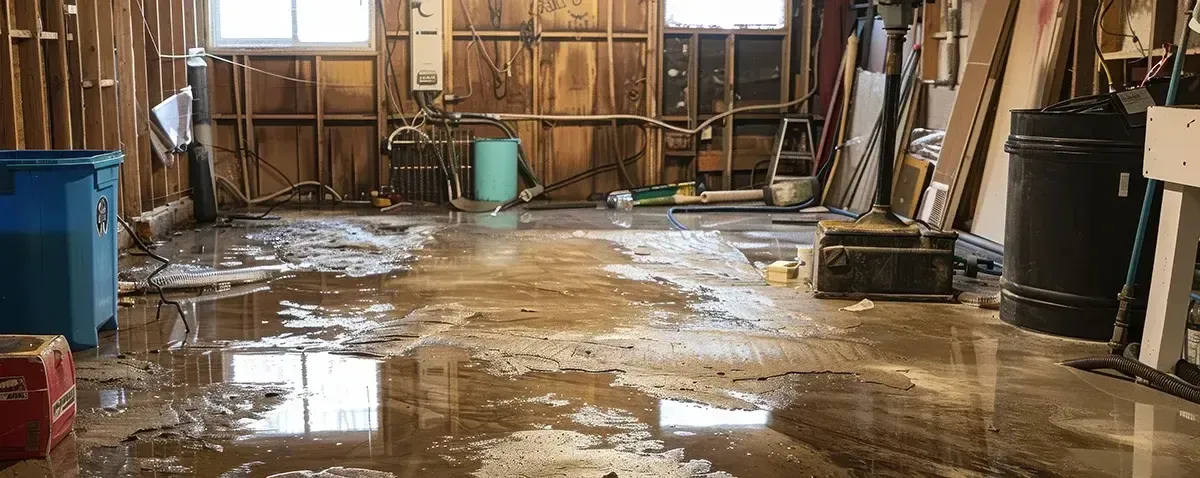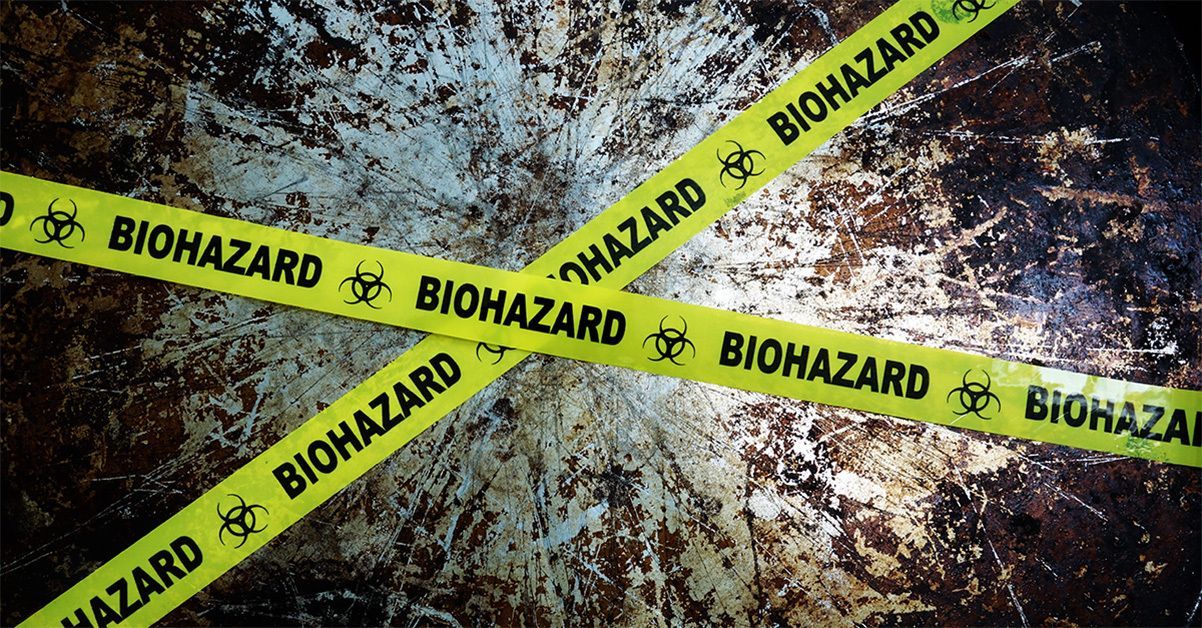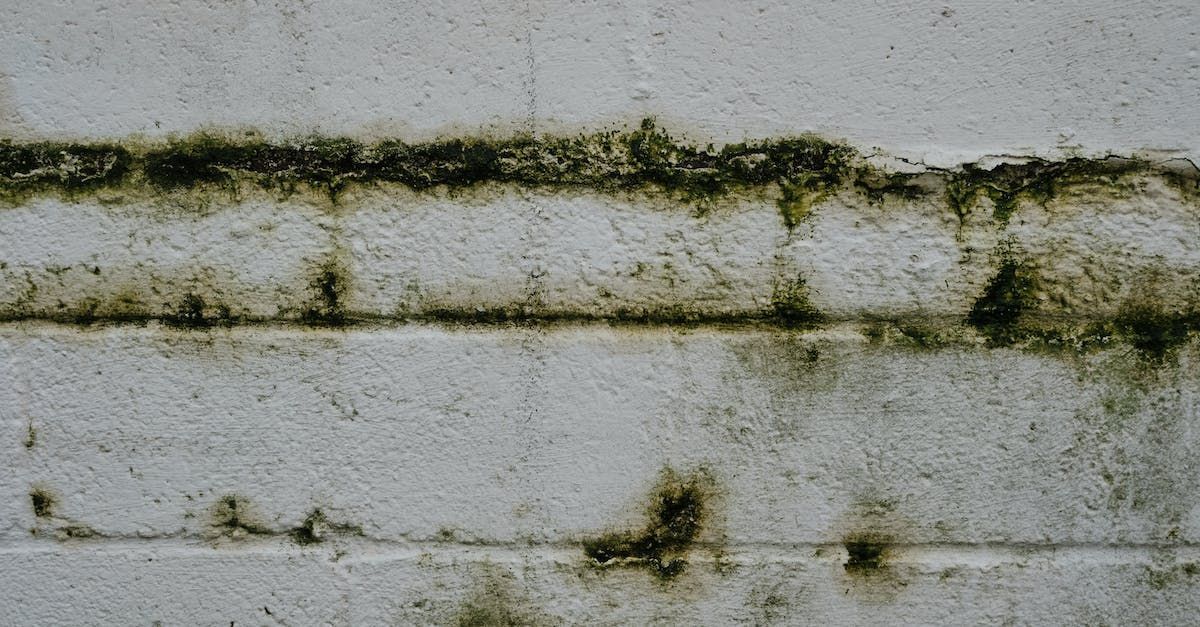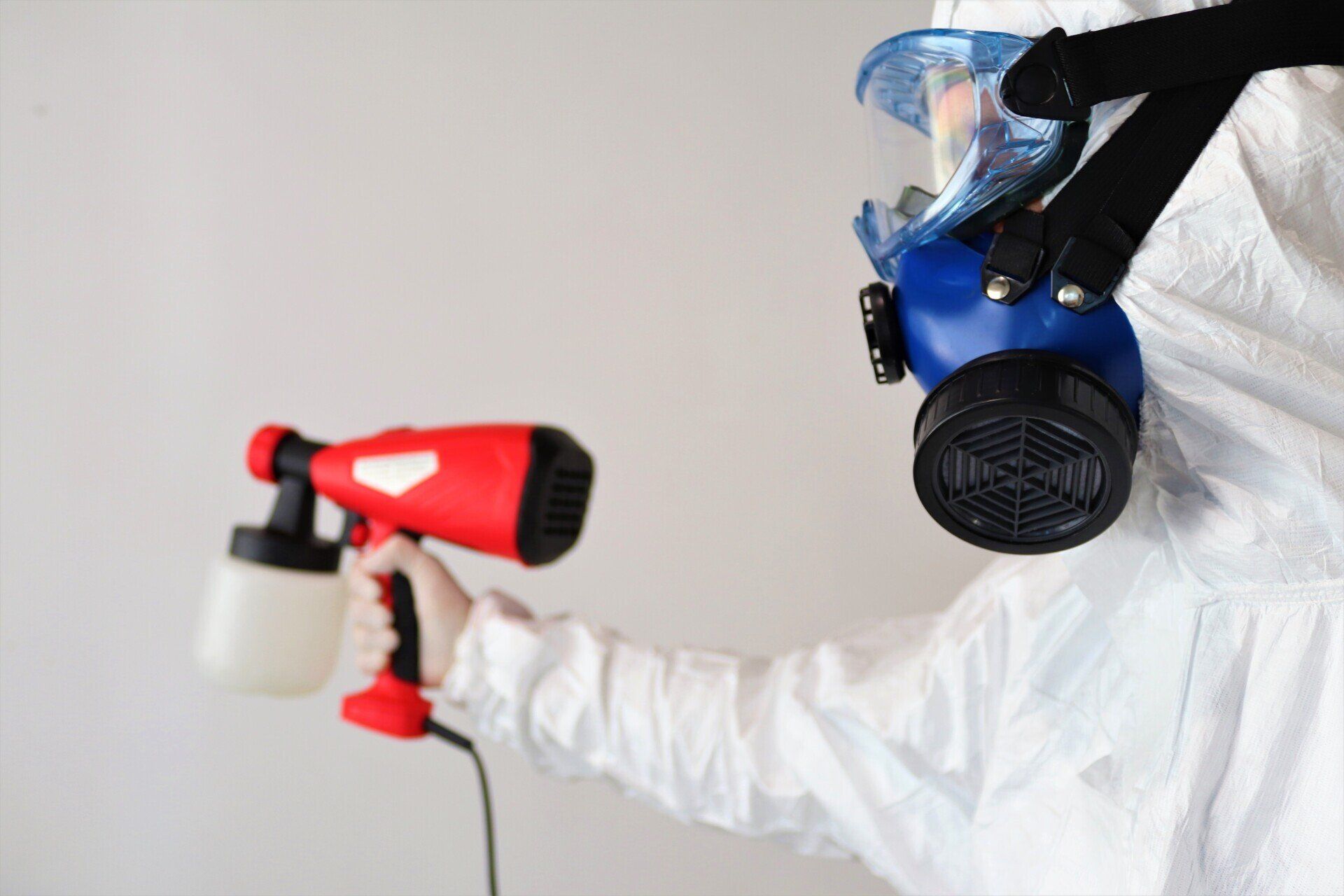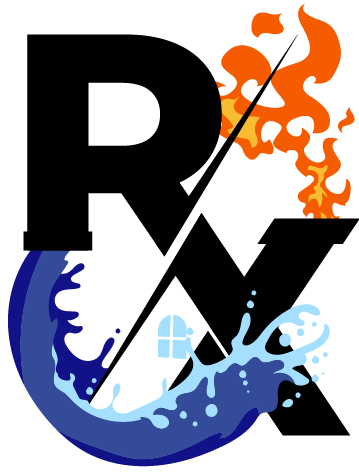Understanding the Different Types of Fire Damage
Understanding the Different Types of Fire Damage
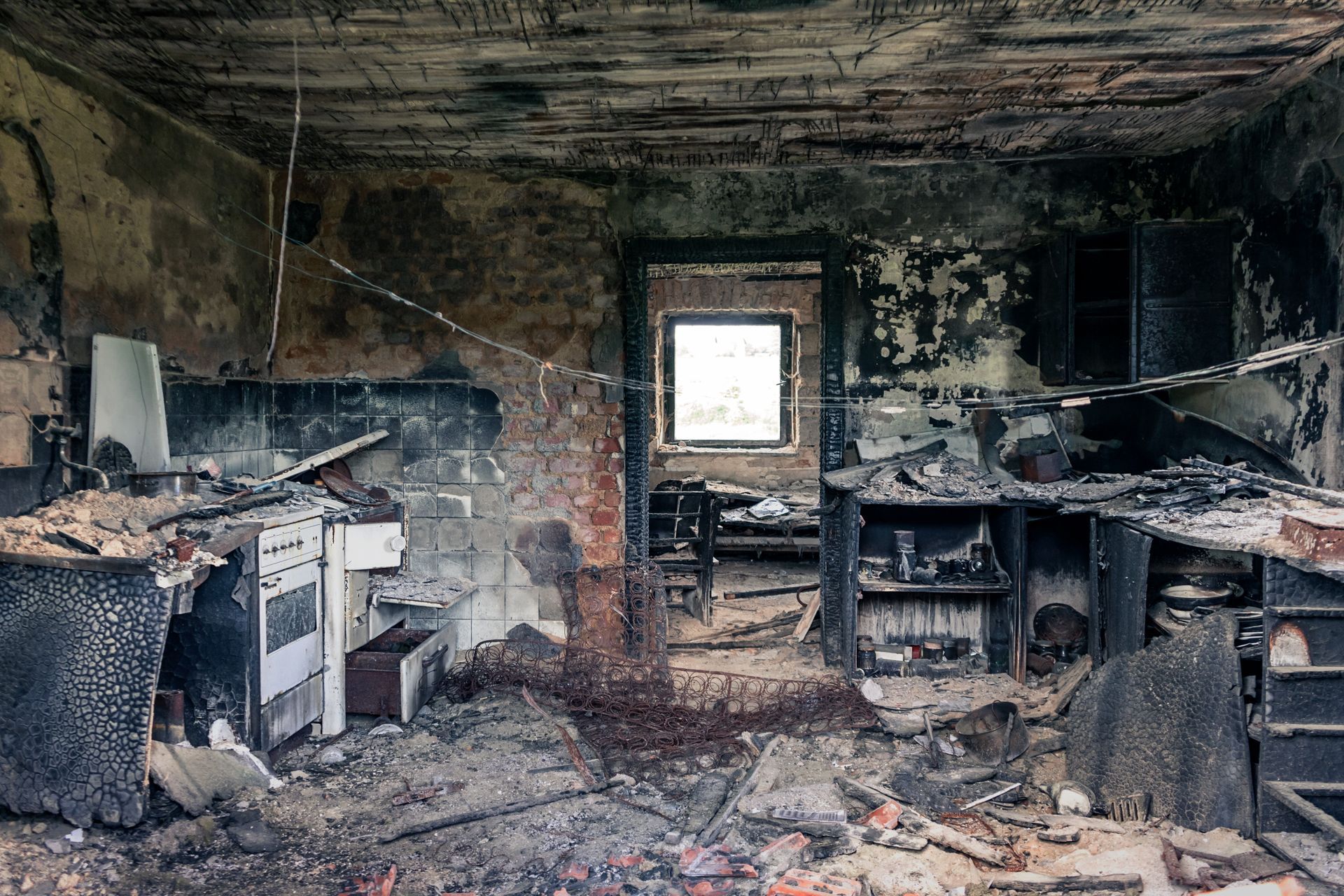
Fire incidents, ranging from minor smoke damage to complete structural destruction, significantly impact properties annually. Understanding the different types of fire damage is crucial for homeowners, insurance adjusters, and restoration professionals to ensure accurate assessment and effective restoration. Our discussion will explore these types, their causes, and their implications.
The Key Types of Fire Damage
The extent and nature of fire damage can significantly vary based on the fire's source, the materials involved, and the duration of the blaze. These factors collectively influence the restoration approach and the categorization of fire damage encountered.
Structural Damage
Fires severely impact a building's integrity, particularly affecting materials like wood, steel, and concrete. Wood may char or burn entirely, compromising structural strength. Steel, while resistant to flames, can weaken substantially when exposed to high temperatures, potentially leading to structural failure. Concrete might spill or crack due to intense heat. Signs of structural damage include visibly charred frames, weakened walls that may bulge or lean, and foundations with noticeable cracks or shifts, all of which signal a compromised structure requiring immediate attention.
Smoke and Soot Damage
Smoke and soot damage can be categorized into wet, dry, protein, and fuel oil soot, each with distinct characteristics. Wet smoke resulting from low-heat fires leaves a sticky residue that is challenging to clean. Dry smoke arises from fast-burning, high-temperature fires and is easier to remove. Protein smoke, often invisible, carries a pungent odor, while fuel oil soot comes from furnace malfunctions. All types pose health hazards, including respiratory issues and skin irritation, underscoring the importance of thorough cleaning and restoration by professionals.
Water and Mold Damage
Water used in firefighting efforts can lead to significant water damage within a property, saturating walls, floors, and furnishings. This water intrusion creates an ideal environment for mold growth, posing health risks and further property damage. Preventing mold involves quick water extraction, drying of affected areas, and the use of dehumidifiers. Remediation may require professional mold removal services to ensure the property is safe and to prevent long-term damage to the structure and occupants' health.
Electrical Damage
Electrical systems can suffer extensively from fire damage, with wiring, outlets, and appliances potentially compromised. Not only can exposed or damaged wires pose immediate fire risks, but they may also cause electrical failures or hazards long after the fire has been extinguished. It is imperative for safety reasons that a certified electrician inspects and assesses the electrical system of any impacted property. This ensures that all components meet safety standards and reduces the risk of future electrical fires or accidents.
Chemical Damage
Chemical damage arises when materials combust or are exposed to heat, releasing hazardous substances. This can include toxic fumes from burned plastics or chemicals present in building materials and household products. These residues require specialized cleaning techniques to safely remove and dispose of them, preventing further health risks. Restoration professionals, equipped with the necessary tools and knowledge, play a crucial role in addressing these chemical hazards, ensuring the environment is free from harmful contaminants and safe for occupants.
How is Fire Damage Assessed
Assessing fire damage begins with a thorough examination by professionals who are adept at identifying structural weaknesses and hazardous residues. They employ advanced technology, including thermal imaging, to detect hidden hotspots and moisture meters to assess water damage, ensuring a comprehensive evaluation. It's imperative to initiate this professional assessment promptly to mitigate further damage and to lay the groundwork for an effective restoration strategy. The precision of modern technology combined with expert analysis is critical in developing a detailed rehabilitation plan.
Fire Damage Restoration Process
The fire damage restoration process is a comprehensive, multi-step procedure that begins with immediate site securing, followed by water removal and drying to prevent further destruction. Subsequently, soot and smoke are meticulously cleaned from surfaces, while damaged materials are either repaired or replaced. The restoration phase involves deep cleaning of the property and possessions to restore them to their pre-fire condition. This extensive process ensures the safety, structural integrity, and aesthetic restoration of the affected property, emphasizing a return to normalcy for homeowners and occupants.
Can Fire Damage Be Prevented?
While absolute prevention of fire incidents might be challenging, significant measures can be taken to reduce fire risks and enhance safety. Regular maintenance of electrical systems and appliances is crucial in identifying potential hazards. Installing fire alarms in strategic locations throughout a property ensures early detection of fires, allowing for swift action. Furthermore, developing and practicing a fire safety plan can prepare occupants for an emergency, highlighting evacuation routes and procedures. These steps collectively contribute to a safer living or working environment.
Next Steps After Fire Damage: Moving Forward
In the aftermath of fire damage, the path to recovery can seem daunting. Rx Restoration excels in transforming this challenge into a manageable process, providing expert restoration after fire damage. Reach out to us for a consultation and take the first step towards reclaiming your peace of mind.

